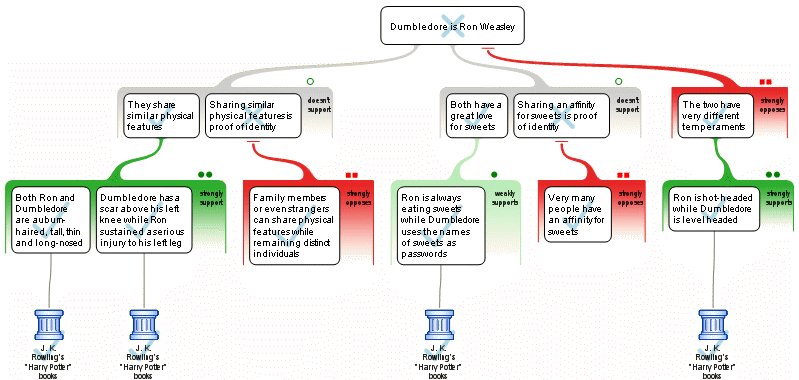The Science Of Scientific Writing Set 10 Set 10-Assessing again • Exercise 1 • Exercise 2 • Larger maps • Exercise 3 • Exercise 4 • Final.
OVERVIEW: The way to well-written science
PART I: Paragraphs and Sentences
SET A: Paragraphs: The Maps Behind Them
SET B: Paragraphs: Using Maps to Meet Readers' Expectations
SET C: Paragraphs with Something Extra: Points and Tails
SET D: The Generic Section: Expectations and Maps as Blueprints
SET E: Scientific Sections: The Methods and Results
SET F: Scientific Sections: The Discussion
SET G : Scientific Sections: The Introduction
SET H : Sentences
SET I : The Paper as a Whole
PART II: The Paper and its Sections
SET 1: Argument Parts
SET 2: Indicator Words
SET 4: Locating Arguments in Prose
SET 5: Rationale's Essay Planner
SET 6: Evidence in Arguments: Basis Boxes
Synthesis 1: Position-Early Paragraphs
Synthesis 2: Position-Final Paragraphs
Synthesis 3: Writing a Discussion I
Synthesis 4: Writing a Discussion II
This was the most difficult task you've had so far in all these sets. Great work if you got it right first time.
Drag this model answer map onto your workspace to reveal an explanation of each step in the evaluation:
Content of this page drawn in whole or part from the Austhink Rationale Exercises with permission from Austhink.
